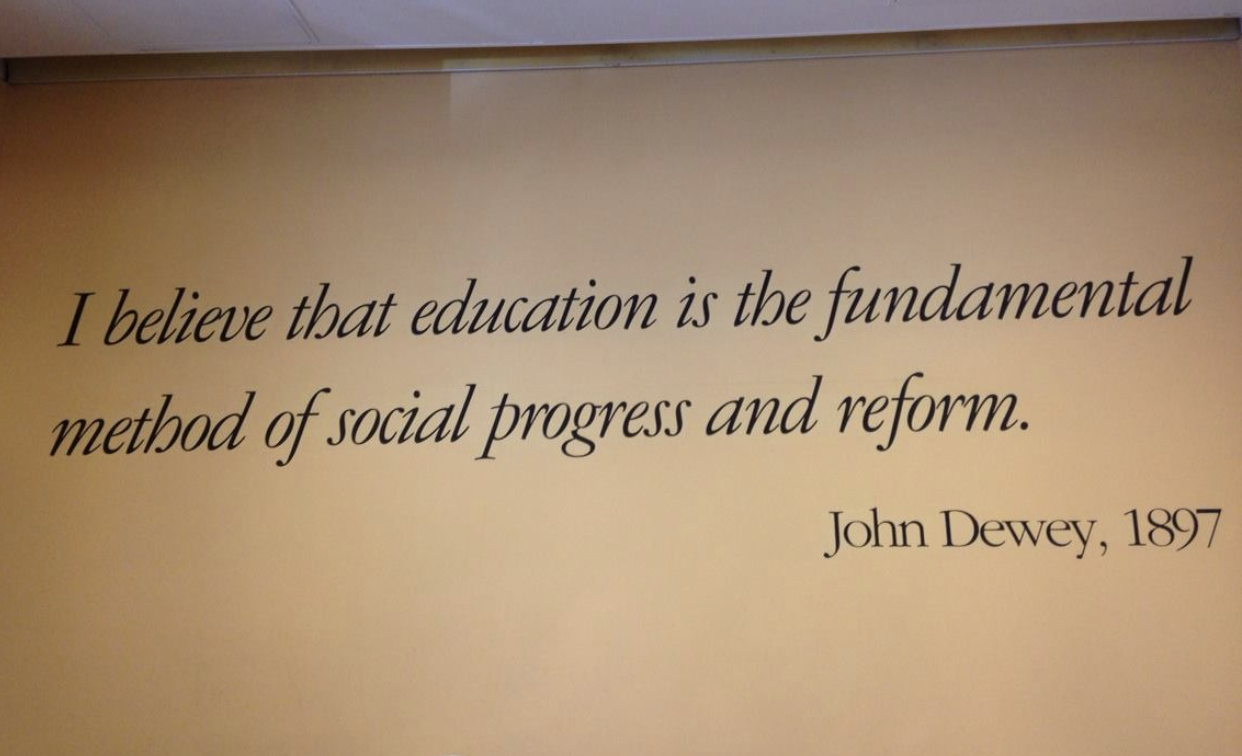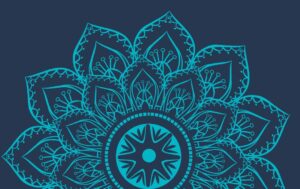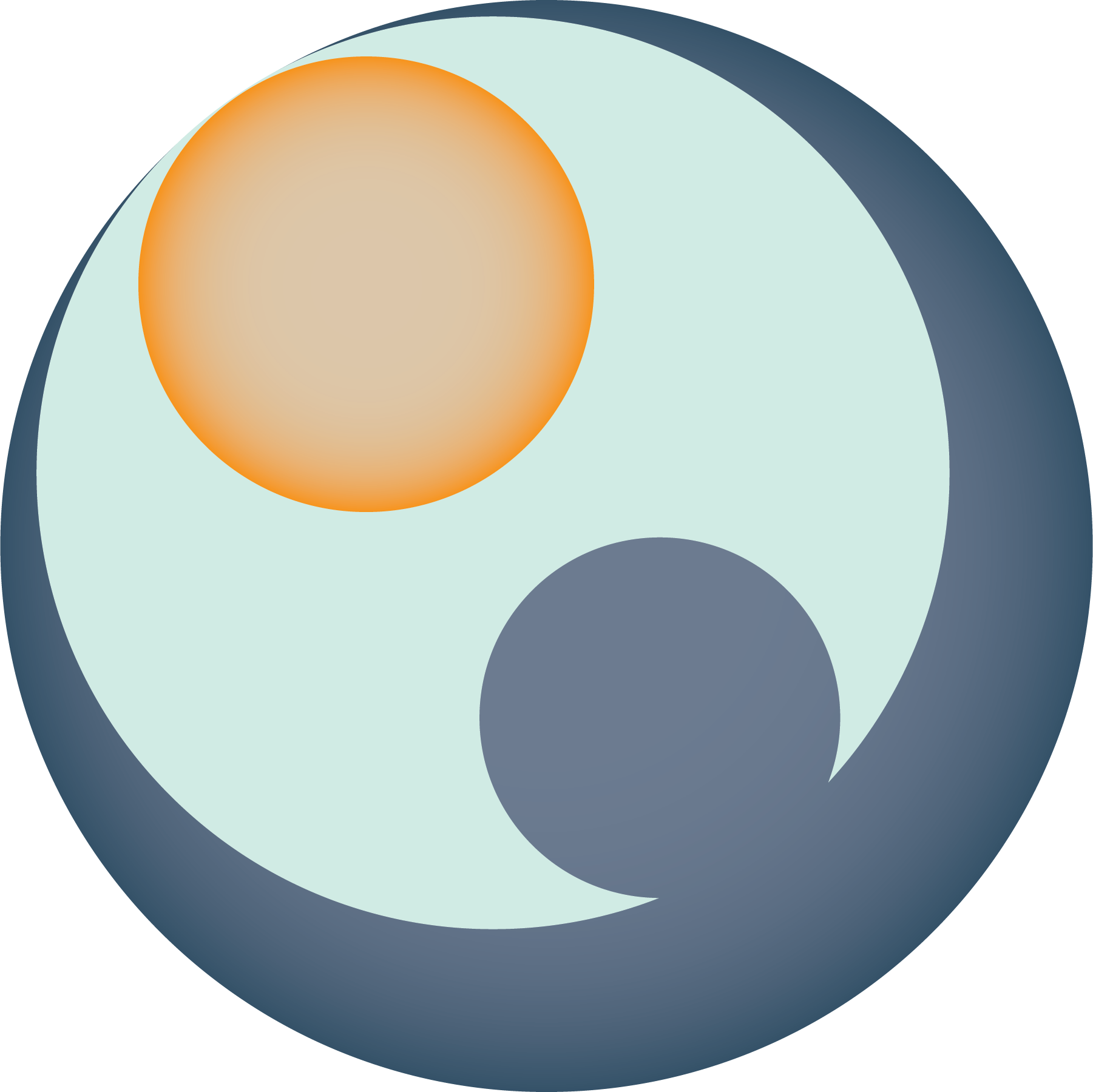Like most educators, I wrote a philosophy of education paper. Often these philosophical statements are used to apply for jobs and then shelved, but for me this statement is alive. By posting this on my blog, I am further committing to living by these words.

The first time I walked over the threshold and saw John Dewey’s famous quote—I believe that education is the fundamental method of social progress and reform—written in gigantic, mural-sized letters over the foyer, I knew I wanted to attend Teachers College at Columbia University. I wanted to be at a school that shares my progressive values, but it was even more than that. I wanted to attend a school known for empowering educators to be visionaries and change-makers in shaping a more just and compassionate world.
Whether in reference to K12, post-secondary, or adult education, my philosophy and approach to education is fundamentally the same. I consider myself a creative and compassionate scholar-practitioner committed to human flourishing through inclusive, holistic education. Encapsulated in this statement are three core aspects of educating humans, which I will address one at a time as the how, the what, and the who of education.

How do humans learn?
Recent neurological science is confirming what holistic educators have known all along: the richest learning is embodied in the whole person—mind, body, and spirit (Miller, 2015). I always knew this within my soul, but it took time and life experience before I could trust it.
By the time I enrolled in my masters program, I was well steeped and skilled at progressive pedagogical methods. I knew learners need to make sense of the world through meaningful experiences that feel relevant (Dewey, 2008). Through inquiry, I ensured my students had rich opportunities to reflect on experience in order to fully accommodate learning (Kolb, 1984). Even before I learned the theories, progressive education seemed like common sense.
However, after becoming a holistic educator, I began to see something that was previously hidden to me. Classic progressive pedagogy presupposes an underlying epistemological belief that the rational brain reigns supreme. My views eventually evolved to where I now see cognitive learning as the mere tip of the iceberg, with so much more going on beneath the surface.
In my early years as a teacher and young principal, I reveled in my skill at behavior management, and my ability to help teachers run classrooms with impeccable control. Eventually I recognized that I viewed classroom management as a means to an end, with the end goal being the achievement of academic standards.
Nowadays, as a holistic educator, I understand that how we shape our class culture and work through conflict is fundamental to the learning. Furthermore, each human is inextricably embedded in a multi-layered context that cannot be excluded from the learning process (Bronfenbrenner, 1977). Therefore, every aspect of the learner’s identity needs to be included in the learning environment. Social-emotional learning, restorative justice, eco-literacy, cultural responsiveness, non-violent communication, and mindfulness are a few areas of my evolved expertise that help to build a truly responsive classroom community of engaged learners. The paradigm shift for me was moving from an individualistic Western mindset to a more participatory (Heron, 1992) style of educating, where relationships are at the center of learning (Cajete, 2004), and where the individual and the communal are in harmony with one another, rather than a dualistic tension. As a result, I structure my instruction, whether in-person or online, to carefully build a culture of belonging….and to light up all areas of the brain, the body, and the human spirit.

What is the purpose of education?
The United States Department of Education’s mission statement is essentially about global competition (https://www2.ed.gov/about/landing.jhtml). I think this needs to change. To me, the essential mission of education is to promote human wellness and flourishing (Benson, Roehlkepartain, & Scales, 2012)—for all humans, not just the privileged. That end is only possible if we, as humans, are in harmony with one another and with the natural world (O’Sullivan & Taylor, 2004). That means our classrooms need to be a model of the world in which we wish to live, so learners are immersed in a microcosm of what is possible. After all, we learn best from experience.
Too often educators are operating with different ontological assumptions from one another without knowing it. Therefore, even in a career-focused program – or especially in a career-focused program—adult learners need to surface implicit beliefs and unveil previously hidden power-dynamics in order be conscious of how they affect larger systems (Friere, 1970; Senge, 2006). Social change comes through learning environments that are alive with positive intention.
Who is the educator?
As I reported within the findings of my dissertation (Owen, 2019), who the teacher is turns out to be as important as what she does. This understanding of the educator is vital to how we approach training teachers and educational leaders. It means the personal growth of each educator needs to be central to our training programs.

I shape my practice as an educator through the lens of human development. While childhood development should occur quite naturally as long as the right conditions are provided (Piaget, Gruber, & Vonèche, 1977), shaping adult developing demands more intentionality. Adult development requires the learner to shine a light on old paradigms of thought and behavior, in order to cross the threshold into the unknown of new paradigms (Kegan, 2000).
Paradigmatic change is transformative learning, and it can be terrifying (Mezirow, 1991). Therefore, in order to help adult learners cross over new thresholds, my role is to create a safe holding environment (Drago-Severson, 2004; Edmondson, 2006) where learners can take existential risks. I take a coaching approach to teaching and leading adults, where every “client” deserves to sense complete unconditional positive regard from me. In turn, I am always, always, humbly working on my own personal development. Only through my vulnerability (Brown, 2012) and my open heart (Scharmer, 2009), can I expect my students to open theirs.
In the end, teaching, for me, is a spiritual practice. I don’t only see education as the fundamental method of social progress, but as a quest for meaning. I even see learning as a metaphysical activity. No matter how much we try to materially define and measure learning with our positivistic scientific methods, it is invisible…yet it permeates our very existence.
REFERENCES
Benson, P., Roehlkepartain, E., & Scales, P. (2012). Spirituality and positive youth development. In L. J. Miller (Ed.), The Oxford handbook of psychology and spirituality (pp. 468-487). New York, NY: Oxford University Press.
Bronfenbrenner, U. (1977). Toward an experimental ecology of human development. American Psychologist, 32(7), 513-531.
Brown, B. (2012). Daring greatly: How the courage to be vulnerable transforms the way we live, love, parent, and lead. New York, NY: Gotham Books.
Cajete, G. (2004). A Pueblo story for transformation. In E. O’Sullivan & M. Taylor (Eds.), Learning toward an ecological consciousness (pp. 103-114). New York, NY: Palgrave Macmillan.
Dewey, J. (2008). Experience and education. New York, NY: Touchstone.
Drago-Severson, E. (2004). Leading adult learning: Supporting adult development in our schools. Thousand Oaks, CA: Corwin/Sage.
Edmondson, A. C. (2006). Making it safe: The effects of leader inclusiveness and professional status on psychological safety and improvement efforts in health care teams. Journal of Organizational Behavior, 27(7), 941-966.
Friere, P. (1970). Pedagogy of the oppressed. New York, NY: Herter and Herter.
Heron, J. (1992). Feeling and personhood: Psychology in another key. London, UK: Sage.
Kegan, R. (2000). What ‘form’ transforms?: A constructive-developmental perspective on transformational learning. In J. Mezirow & Associates (Eds.), Learning as transformation: Critical perspectives on a theory in progress. San Francisco, CA: Jossey-Bass.
Kolb, D. (1984). Experiential learning: Experience as the source of learning and development. Englewood Cliffs, NJ: Prentice-Hall.
Mezirow, J. (1991). Transformative dimensions of adult learning. San Francisco, CA: Jossey-Bass.
Miller, L. (2015). The spiritual child. New York, NY: St. Martin’s Press.
O’Sullivan, E., & Taylor, M. (2004). Learning toward an ecological consciousness: Selected transformative practices. New York, NY: Palgrave Macmillan.
Owen, R. (2019). Learning that meets life: The lived experience of teaching with secular spiritual pedagogy (Doctoral dissertation). Teachers College, Columbia University. Retrieved from https://academiccommons.columbia.edu/doi/10.7916/d8-0421-jx97
Piaget, J., Gruber, H. E., & Vonèche, J. J. (1977). The essential Piaget. New York: Basic Books.
Scharmer, C. O. (2009). Theory U: Leading from the future as it emerges: the social technology of presencing. San Francisco: Berrett-Koehler Publishers.
Senge, P. M. (2006). The fifth discipline. London: Random House Business.
https://www2.ed.gov/about/landing.jhtml
